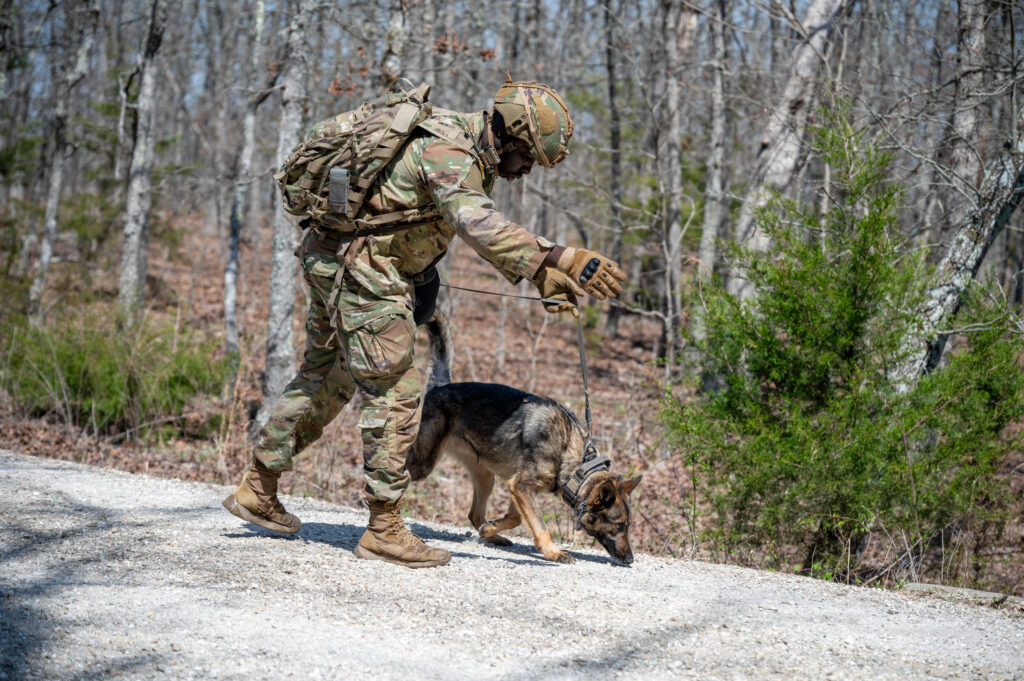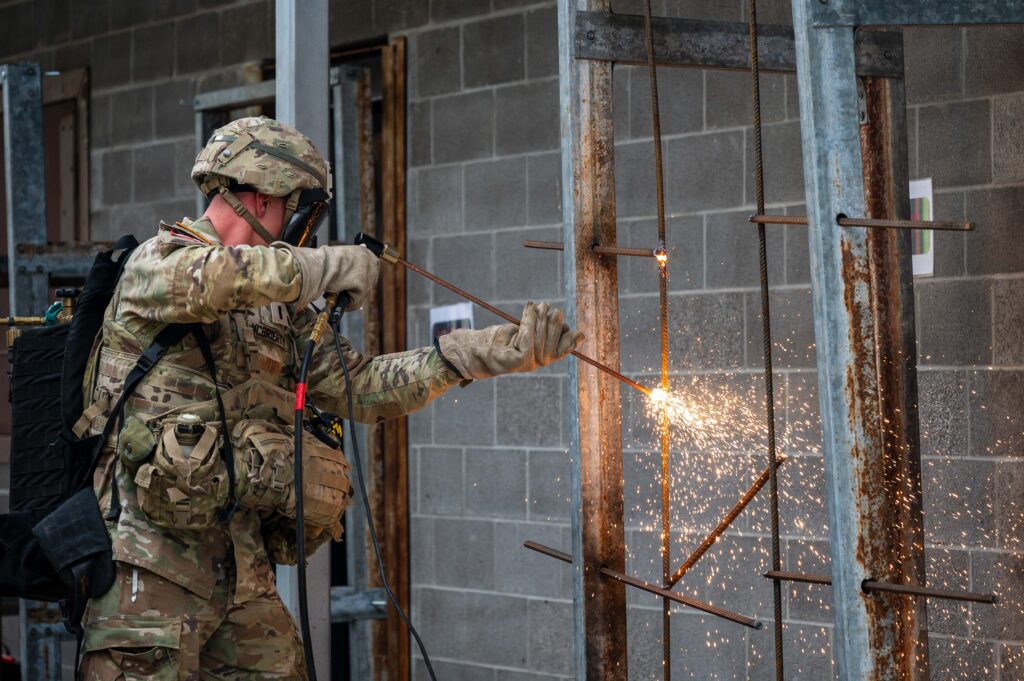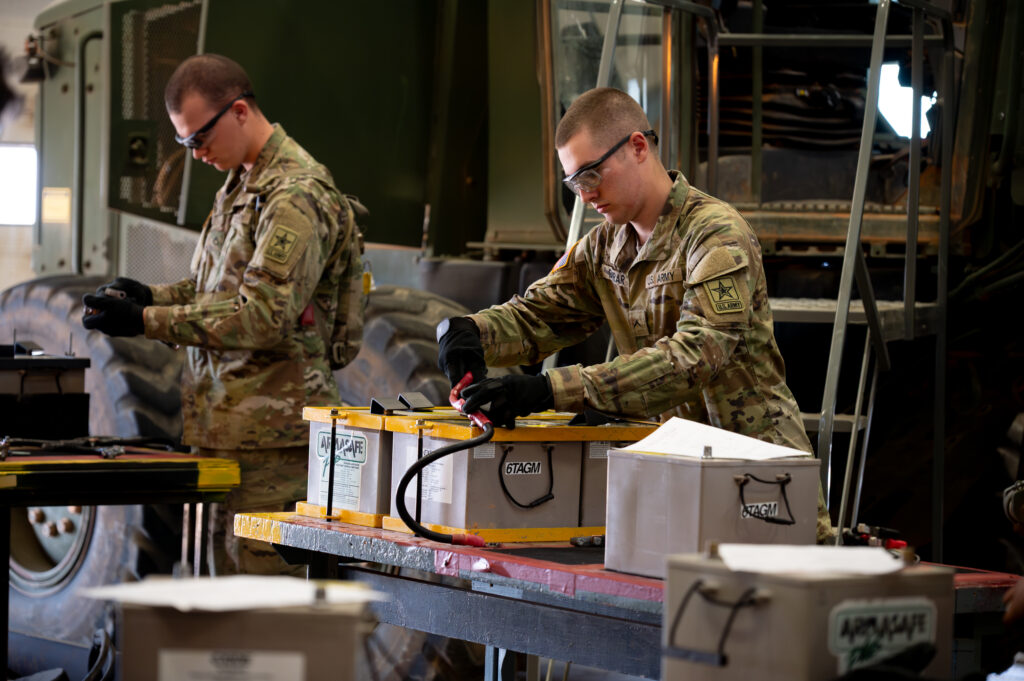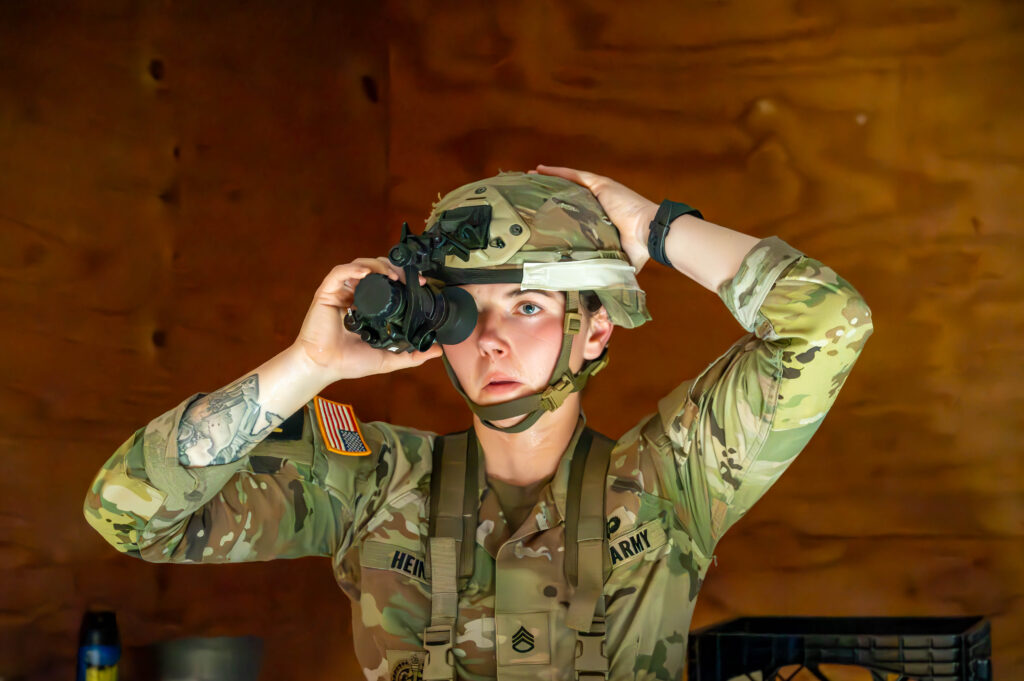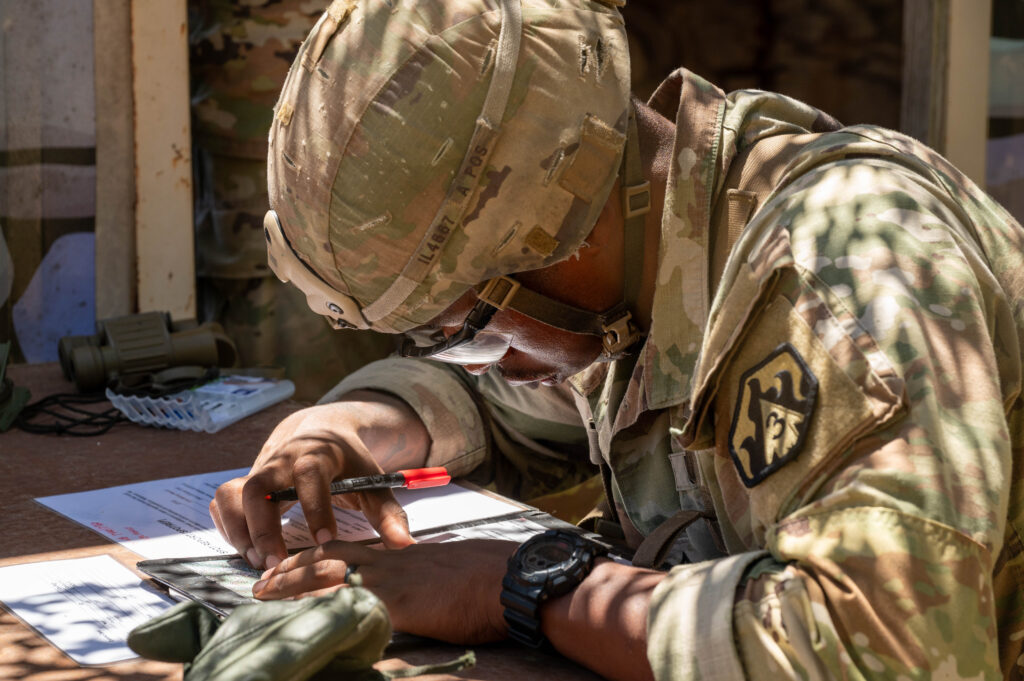Brian Hill
FORT LEONARD WOOD, Mo. (Aug. 6, 2021) Aug. 7 is Purple Heart Day, a time for Americans to remember and honor those who were injured or killed by opposing armed forces during military service.
More than 70 current Fort Leonard Wood Soldiers, along with countless other service members, prior-service Defense Department civilians and military retirees in the community, are Purple Heart recipients.
For those who live to tell their stories, each is unique, along with the way each person chooses to use the experience in their personal and professional lives. Below, six Soldiers here with Purple Hearts explain a little about their perspectives.
For 31st Engineer Battalion Commander Lt. Col. John Grabowski, who was injured in 2011, in Afghanistan, his sense of purpose is tied to taking care of the other Soldiers in his unit.
“I take great satisfaction in helping others succeed – a hand up versus a hand out,” he said.
Receiving the Purple Heart hasn’t changed his thoughts on military service, Grabowski said.
“I’ve always accepted the possibility of severe injury or death in the line of duty,” he said. “I’m humbled to be associated with others who were more severely wounded. If anything, I have a deeper respect for others with the Purple Heart.”
In 2007, 43rd Adjutant General Battalion Commander Lt. Col. Cristian Pinzon was injured in Iraq. He said he feels grateful to wear the Purple Heart because others who have received it have made “the ultimate sacrifice.”
“Thinking about the incident and what happened that day has made me better empathize with fellow Soldiers because I’ve realized that life is too precious and it could be gone at any given moment,” he said. “I look at the human dimension side of things with my fellow Soldiers. Amongst many things, the Army’s business is a business of people.”
Pinzon said his advice to his fellow Soldiers is to care for each other.
“Care for your fellow Soldiers, civilians, yourself and the mission,” he said. “Believe and follow the Army Values, because they will not steer you wrong.”
As a 20-year-old private first class in 2009, Sgt. 1st Class Sean Ambriz, first sergeant for Company E, 701st Military Police Battalion, was injured in Afghanistan. He said when the medal was pinned to his chest, he could “feel the weight of that battle and those we lost that day.”
“It was the hardest day that no Soldier could have trained for,” he said. “However, through the chaos of the battle, I saw true leadership.”
Ambriz said he feels it is now his duty to pass his knowledge and experience to the next generation of Soldiers.
“It is my duty to teach them so that they may learn from our successes, failures and endeavors,” he said.
On Mother’s Day in 2011, Sgt. 1st Class Jeramie Larsen, senior operations manager at the Advanced Law Enforcement Training Division, was injured in Afghanistan.
He said preparation is one of the key elements to being a good Soldier. His combat experience, he said, made him a hard, but fair leader, like the drill sergeants who influenced him early in his career.
“I understand what it takes to make it – not just physically, but mentally and emotionally as well,” he said. “It is not easy at all. You have to be prepared, and the only way to really get there is to have that leader who understands this and will push you to your limits, but be there to reach out that hand to assist you back to your feet.”
In 2006, Sgt. 1st Class Michael Muir, a senior human resources sergeant at the U.S. Army Engineer School, was injured in Iraq.
Muir, who re-classed from infantryman to human resources after his injury to remain in the Army, said he often gets asked why he continued to serve.
“I think why I stayed in the Army was to be able to teach men and women and mentor them that this thing that happened to me was only a speed bump,” he said. “The incident only shaped me as a leader and made me better.”
Staff Sgt. James Denkins, a cadre member at Range 11, was a 22-year-old specialist when he was injured in 2006, in Afghanistan.
Denkins said he’s been shaped by a lot in his life, and called the incident “just one experience that taught me several things.”
“For one, how fragile life really is, and that it’s ok to stop and smell the roses once in a while,” he said. “Also, the power of the mind and how it can be your own worst enemy or your best ally in difficult times.”
-30-
About Fort Leonard Wood
Fort Leonard Wood is a thriving and prosperous installation that has evolved from a small basic training post more than 75 years ago to a premier Army Center of Excellence that trains more than 80,000 military and civilians each year.
Fort Leonard Wood is home to the U.S Army Maneuver Support Center of Excellence and three U.S. Army schools: the U.S. Army Engineer School; U.S. Army Chemical, Biological, Radiological and Nuclear School; and the U.S. Army Military Police School. In addition to training engineer, CBRN and military police specialties for the Army, Fort Leonard Wood also provides gender-integrated in-processing and Basic Combat Training for new Soldiers.
Fort Leonard Wood also hosts and trains with the largest Marine Corps Detachment and Air Force Squadron on any Army installation as well as a large Navy construction detachment.
More information about Fort Leonard Wood is at: https://home.army.mil/wood/index.php/about/mission

